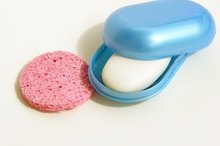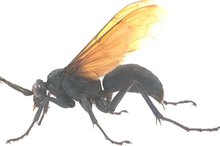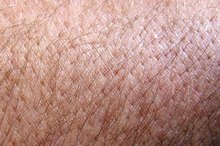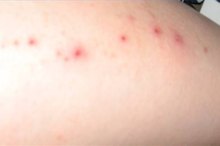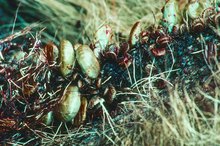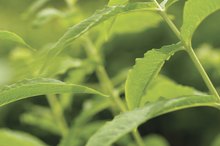What does fact checked mean?
At Healthfully, we strive to deliver objective content that is accurate and up-to-date. Our team periodically reviews articles in order to ensure content quality. The sources cited below consist of evidence from peer-reviewed journals, prominent medical organizations, academic associations, and government data.
The information contained on this site is for informational purposes only, and should not be used as a substitute for the advice of a professional health care provider. Please check with the appropriate physician regarding health questions and concerns. Although we strive to deliver accurate and up-to-date information, no guarantee to that effect is made.
How to Treat a Rash From a Dog Scratch
If you're ever scratched by a dog, your skin may become red, raised and itchy. This inflammatory response is called allergic dermatitis, and it occurs when your immune system reacts to direct contact with a pet you're allergic to. Your body will produce an allergy-causing antibody that results in a rash. If you're ever scratched by a dog, follow these precautions to make sure your rash doesn't become infected or spread bacteria to other parts of the body. Even a family pet can carry disease, so it's important to seek medical attention if your scratch is serious.
Apply pressure to your scratch if it is bleeding. Use a clean towel or bandage until the bleeding stops completely.
Human Skin Rashes From Dogs & Cats
Learn More
Wash the area with soap and water 1. Hold the area under running water for several minutes.
Dry the area and cover it with a clean towel or gauze. Do not administer an antiseptic or anything else to the wound.
How to Stop Flea Bites from Itching
Learn More
Seek immediate medical care if you were scratched by a wild, oddly behaving or stray dog. If you were bitten by your own dog, make sure that your dog is up-to-date with all immunizations.
Note the location of the dog, but do NOT try to capture the dog yourself. The dog may need to be observed for rabies.
Related Articles
References
Writer Bio
Christina Fernando is a freelance writer who has been writing health-related articles since 2006. She graduated from the Columbia College Chicago School of Media Arts, earning a Bachelor of Arts in journalism.

